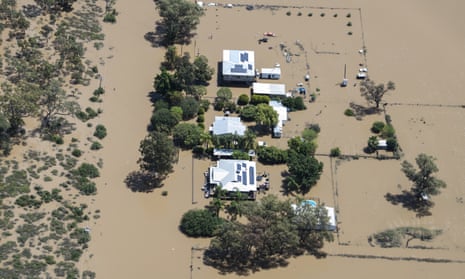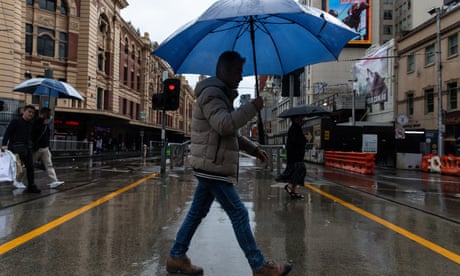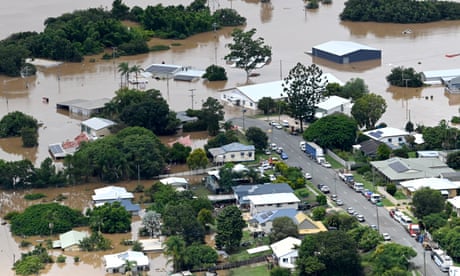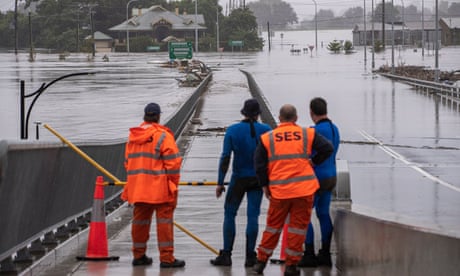Extract from The Guardian
Murray Watt says Canberra is funding disaster mitigation infrastructure and ‘expects the insurance industry to fulfil its end of the bargain’

Fri 4 Nov 2022 01.00 AEDT
Last modified on Fri 4 Nov 2022 01.03 AEDTAhead of confirming funding on Friday for 34 new mitigation projects to reduce the impact of coastal erosion accelerated by the climate crisis, Watt used an insurance industry conference to put the sector on notice.
The minister said the government had been clear that it intended to spend up to $200m every year on disaster mitigation projects, and that investment needed to be reflected in lower insurance premiums.
“Government is doing what insurers told us was needed – a significant increase in mitigation investment,” Watt told the Insurance Council of Australia’s annual conference.
“Now, we expect the insurance industry to fulfil its end of the bargain”.
To illustrate the point, Watt cited the effect of mitigation work done in Roma in western Queensland, noting “before 2015, if anyone so much as spat upstream of the town it would flood, with homes facing more regular inundation with premiums that rose with every event”.
“But the construction of a $15m flood levee, which protected 483 homes and 75 businesses, reduced insurance premiums by an average of 34%”.
“Now, as we build these new projects under the Disaster Ready Fund and buyback homes in the Northern Rivers and South-East Queensland, we need to see the same outcome”.
Cascading natural disasters have triggered a national debate about insurance. A number of Australians affected in recent floods were uninsured because they could not afford the expensive premiums customers face in high risk zones.
The Insurance Council of Australia says since February 2020, floods have generated close to 600,000 insurance claims valued at $8.8bn.
Watt told the insurance industry this week this level of investment reflected the dollar figure they had asked for, and what the Productivity Commission recommended after an inquiry in 2015.
The minister said he was aware insurers could not act immediately to reduce premiums in disaster-prone regions, but he said progress needed to be made.
“If we can work together to reduce disaster risk, surely we can work together to give Australians the insurance relief they need.”
In addition to the mitigation projects, the Albanese government allocated $25.3m over five years to the National Emergency Management Agency in last week’s budget for initiatives to improve the affordability of insurance.
The budget initiative was characterised as establishing “new partnerships with the private sector, including the insurance industry, on risk reduction and insurance affordability and the development of a national knowledge base of mitigations to reduce vulnerability to natural disasters”.
Watt said the government wanted to establish a dataset on insurance affordability, under-insurance, and non-insurance issues “to inform policy design and measure progress in addressing these challenges”.
He said collecting the data would help the government to work with the sector to improve insurance affordability over time.
The minister said the link between intensifying extreme weather and global heating was clear.
“There can be no doubt that rising emissions and temperatures have a strong influence on the impact of natural disasters in Australia and in the Asia Pacific region.”
Watt said the climate crisis was “not an abstract threat, but an existential one”.
On Friday, the government will confirm $50m in funding for state and territory governments to target projects such as the construction of rock seawalls and nearshore breakwaters, large-scale beach erosion protection, building the capacity of coastal land use planners and improving community awareness of coastal hazards.



No comments:
Post a Comment